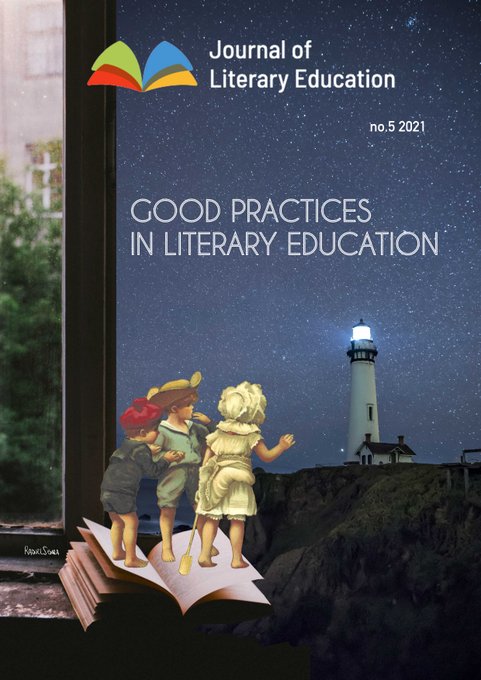Printed hyper-texts in the Greek literature for children. Breaking the canon and creating a new type of implied reader: the case of Eugene Trivizasa
DOI:
https://doi.org/10.7203/JLE.5.21296 Resum
Resum
The article focuses on two ground-breaking books by the renowned author Eugene Trivizas, which adopt a hyper -media logic, incorporating, apart from text and image, forms of expression that refer to the digital world of multimedia.
We analyse in detail the hyper-text characteristics of the selected books which make the process of reading a game that involves the energetic participation of the young readers.
We argue that in view of the contemporary canon of the Greek children's literature, that is, books that adopt a linear form of narration, printed hyper-texts like the ones we examine are examples of non-canonical literature, and enrich the form but also the content of contemporary Greek literature for children. At the same time, because of their hyper-text characteristics, such books construct an implied reader with quite a few qualifications, an implied reader who is not deterred by their neoteric form, accepts the initiative that they offer him and enjoys the reading game.
 Descàrregues
Descàrregues
Descàrregues
Publicades
-
Resum380
-
PDF 224
Número
Secció
Llicència
![]()
Aquesta obra està sota una llicència internacional Creative Commons Reconeixement-NoComercial-SenseObraDerivada 4.0.



